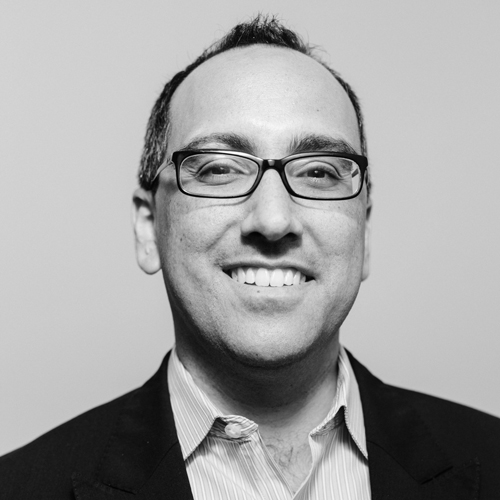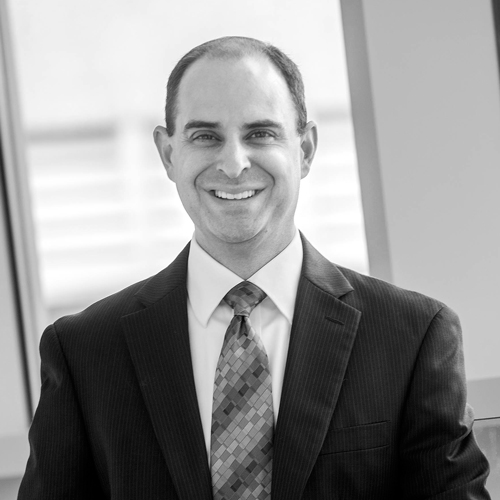When Michael Freeman joined Walgreens, the company was facing several high-exposure, potentially brand-damaging verdicts. The board of directors decided to shift litigation management from a national managing counsel model to a more hands-on, in-house approach. They tapped Freeman to build a team of experienced trial lawyers and staff that would make decisions based on a comprehensive understanding of the company’s business, goals, and culture.
An initial assessment revealed that Walgreens lacked structured programs that considered business and economic factors in addition to legal strategies. “The goal was to add a discipline to our approach while remaining focused on how we interact with plaintiffs-,” who are Walgreens’s patients, partners (vendors), and, in employment matters, its people, says Freeman.
In 2010 Freeman began implementing early case assessment (ECA) in the company’s consumer cases. He created structures and processes to support standard time frames for investigating claims and step-by-step templates for evaluating whether a case could be considered for settlement.
“We’ve proven that if parties approach each other fairly and with reasonable expectations early on, years of stressful, costly litigation can be avoided while maintaining solid relationships.”
The transactional data Walgreens has gathered allows Freeman’s team to determine much of what it needs to know very early. If opposing counsel is willing to cooperate, they can usually fill in the gaps, providing 80–90 percent of the relevant facts within the first 90 days of discovery. “By nature and training, most litigators want to turn over every rock and find out everything they might need to know—whether it is admissible at trial or not. But successful implementation of ECA requires traditionally trained litigators to let go of that approach and to focus only on the big rocks,” Freeman explains.
This can result in significant benefits, even when cases do not resolve within the ECA program. “If you agree that plaintiffs are entitled to A and B, then offering to do limited discovery, so they can demonstrate why they are entitled to C, decreases costs and builds credibility.”
Those unwilling to let go of traditional approaches view ECA skeptically, but Freeman obtained extremely positive results almost immediately. In the spring of 2010 as he was preparing to launch the ECA pilot program, Walgreens acquired pharmacy chain Duane Reade. The program was expanded to include the additional 257 stores, and within 90 days, pending Duane Reade litigation was reduced by 35 percent. Since then, total claim volume for more than 8,200 Walgreens locations has been reduced by nearly 30 percent, and litigation spend in key, high-volume demographics is down 45 percent.
How to Build a Successful ECA Program
Given the investment required, companies should consider their capabilities and comfort level before implementing ECA. Freeman suggests taking the following steps ensure your ECA program is successful:
- Clearly define and communicate your company’s litigation philosophy, starting with senior management.
- Agree on key metrics and establish a baseline.
- Create a case screening process that engages key stakeholders and excludes cases where liability is questionable, the opposition is unwilling to cooperate, or there is evidence of fraud.
- Invest in thorough and prompt factual investigations that reveal strengths and weaknesses. The faster you know the material facts, the better positioned you are for resolution, within or outside of an ECA program.
- Build a talented and adaptable team: experienced attorneys who make sound judgments about liability, causation, damages, and the likelihood of recovery. They also need a willingness to move faster—to balance the needs of the business and mitigate the uncertainties of litigation, including cost.
- Enable a feedback loop to operations that improves processes, mitigates risk,
and protects the brand.
In response to critics who cautioned that the approach would make the company a target for increased claims, Freeman says in the end, it is about incentivizing the right behavior on both sides. “We make it clear that we don’t settle just to avoid defense costs. We pay what’s fair. We’ve also proven that if parties approach each other fairly and with reasonable expectations early on, years of stressful, costly litigation can be avoided while maintaining solid relationships.”
ECA can have a powerful impact at the claim stage, using what Freeman refers to as the “three As” of successful claim-handling: acknowledge, apologize, and take action. “At Walgreens we believe in approaching claimants with empathy—apologizing and, where appropriate, admitting our mistakes and demonstrating the steps we have taken to prevent the same issues from recurring. A sincere apology is powerful. It shows that you take their concerns seriously, generates good will, and can create the space needed to reach a mutually satisfactory resolution,” he says.
Freeman points out that not every case is appropriate for ECA. A stringent screening process is in place to identify instances in which the opposition is unwilling to cooperate, has set unreasonable expectations, or there is evidence of fraud. In those cases, Walgreens initiates a firm and aggressive defense.
ECA’s success in managing Walgreens’s consumer claims was acknowledged by leaders within the legal department and business divisions in 2014. At that time Freeman was asked to expand the approach to the company’s commercial and employment matters by assuming the role of assistant general counsel.
One of the reasons Walgreens’s ECA program has been so successful is the willingness of executives to make constructive use of the feedback it produces. Changes ranging from contract terms to how retail shelves are stocked have reduced the likelihood of additional lawsuits. This highly receptive response has also created a stronger bond between the legal department and the business so that in-house counsel are viewed as businesspeople who happen to be lawyers.
“Our philosophy extends beyond litigation management to a broader culture of fairness about how we treat people and approach complex problems,” says Freeman. “The increased demands and costs associated with discovery, in particular, have also forced us to do what businesspeople do every day—respond to challenges and deliver on ambitious expectations with less-than-perfect information.”


